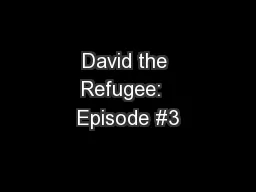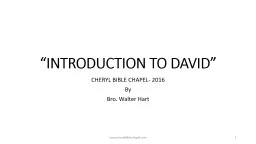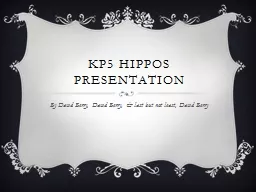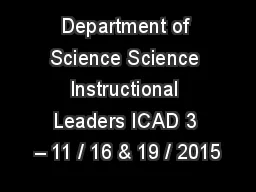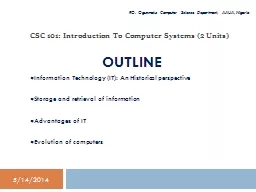PPT-David Stotts Computer Science Department
Author : pasty-toler | Published Date : 2019-06-29
UNC Chapel Hill Data Structures and Analysis COMP 410 0 data types simple information 1 data storage variables assignment 2 data retrieval expressions
Presentation Embed Code
Download Presentation
Download Presentation The PPT/PDF document "David Stotts Computer Science Departmen..." is the property of its rightful owner. Permission is granted to download and print the materials on this website for personal, non-commercial use only, and to display it on your personal computer provided you do not modify the materials and that you retain all copyright notices contained in the materials. By downloading content from our website, you accept the terms of this agreement.
David Stotts Computer Science Department: Transcript
Download Rules Of Document
"David Stotts Computer Science Department"The content belongs to its owner. You may download and print it for personal use, without modification, and keep all copyright notices. By downloading, you agree to these terms.
Related Documents


